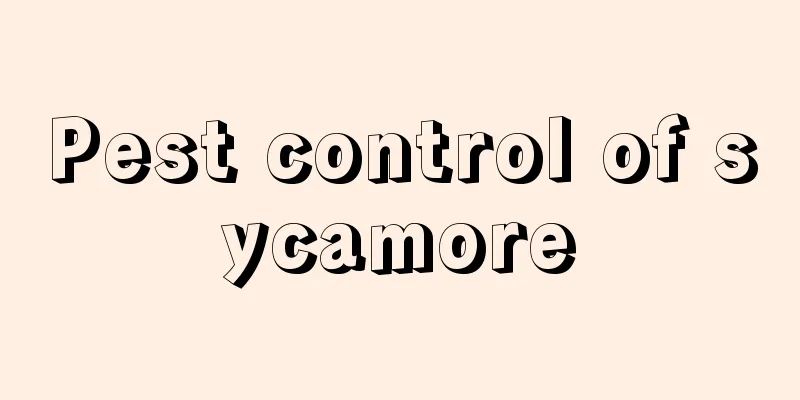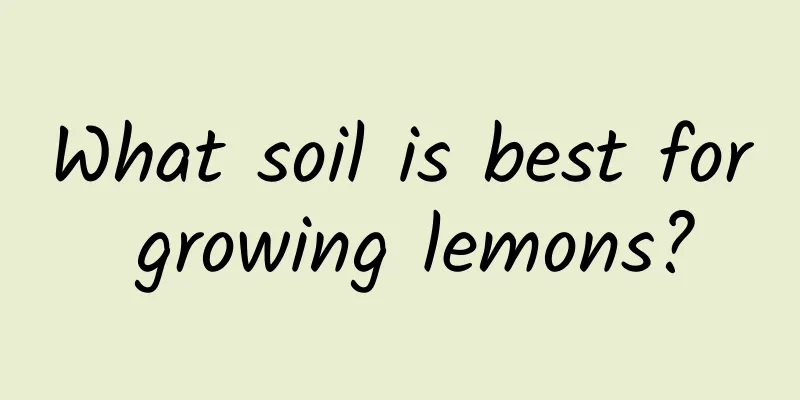Pest control of sycamore

1. Bronze PsyllidPest introduction: This pest is one of the most important pests during the growth of the sycamore tree. Generally, the nymphs damage the sycamore tree by piercing and sucking. The nymphs can also secrete a lot of wax fluff, which will affect the tree's response to light and respiration. Those wax fluffs fall down from May to June every year, which is extremely bad for the environment. The nymphs secrete wax fluff, and the honeydew will also cause it to flourish with sooty mold, which will cause the sycamore tree to suffer doubly harm. In severe cases, the leaves will fall off early, the branches will become very dry, and the surface bark will be particularly rough and easily broken, seriously affecting its growth and development. Moreover, this type of insect can produce three generations a year, all of which overwinter in the form of eggs on branches. Of course, the first generation is the most serious. Prevention and control methods: We can generally use chemical prevention methods to spray it with medicine, usually starting in late May. Alternatively, you can utilize and protect some parasitic wasps, ladybugs or some other natural enemy insects, which can also play a good role in prevention and control. 2. Cotton leaf rollerPest introduction: This pest generally produces three generations each year, and the generations overlap. They spend the winter as larvae in weeds or leaf litter. It will transform into a pupa in the spring of the second year, and will be phototactic at night between April and May. At the beginning, the larvae will eat the leaves, leaving only the epidermis. The larvae are also relatively active and can cause great damage. Sometimes in serious cases, all the leaves will be eaten up, causing poor growth of the plant. Prevention and control methods: For prevention and control, we can use our hands to crush all the larvae and pupae inside the rolled leaves to death. Alternatively, when the larvae occur, you can spray some chemicals appropriately to kill them quickly, allowing the plant to grow better. |
<<: Pest and disease control of Magnolia officinalis
>>: Disease and pest control of Bauhinia
Recommend
How often should I water Gloxinia?
How often should I water Gloxinia? Generally, you...
Cultivation methods and precautions of oil painting wedding spider plants
The Oil Painting Wedding Chlorophytum is particul...
Is the loofah a shade-loving or sun-loving plant?
Does loofah prefer shade or sun? Luffa is a sun-l...
How to Identify Southwestern Chlorophytum
1. Blades The shape of the leaves of Chlorophytum...
Cultivation methods and precautions for potted pitaya, how to prune
1. Breeding methods 1. Pot soil: The diameter of ...
The difference between dahlia and dahlia
Plant appearance Dahlia Also known as dahlia, Ind...
His succulents didn't die all summer. Are potting plants really that useful?
Enhance beauty The succulent grass is not a thin ...
How many years does it take for nectarines to bear fruit?
Nectarine planting results after several years Af...
Give the flowers a powerful pill, and small gourds will grow on the roots, and the flowerpots will burst!
If Sansevieria eats some cooked soybeans, the roo...
How to propagate Platycodon grandiflorum
Propagation by seeds The seed propagation of Plat...
What is the best month to plant grapes?
When to plant grapes The vine is usually planted ...
How to plant Kalanchoe through leaves
Kalanchoe leaf cutting method Step 1: Choose the ...
Names and pictures of garden landscape trees (common garden greening tree varieties)
Garden landscape tree types There are many variet...
The efficacy and function of winter coral
Medicinal effects of winter coral The fruit of wi...
What to do if the anthurium flower withers
1. Water appropriately Improper watering will cau...









